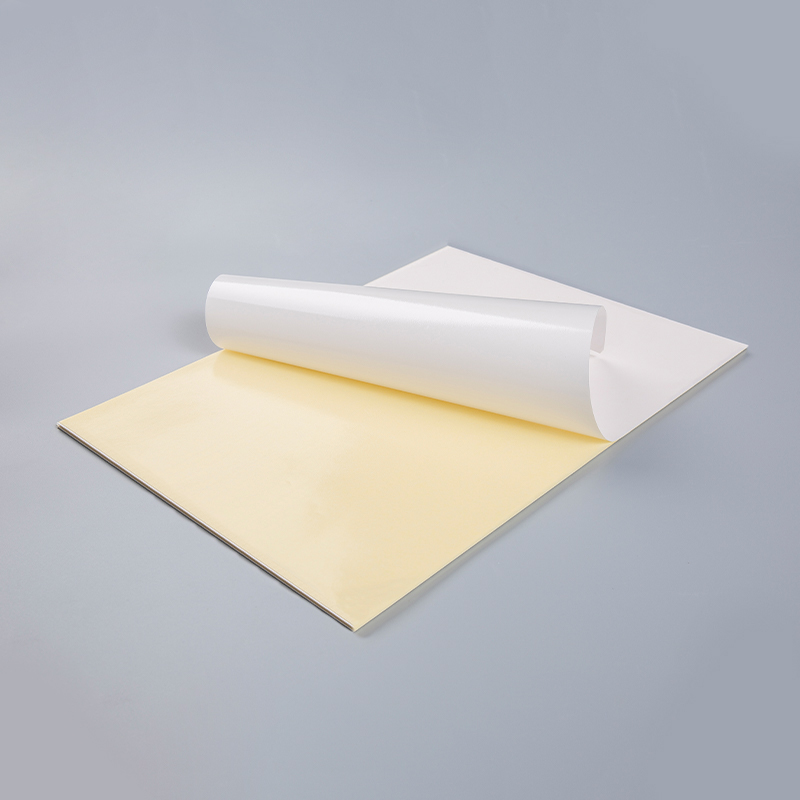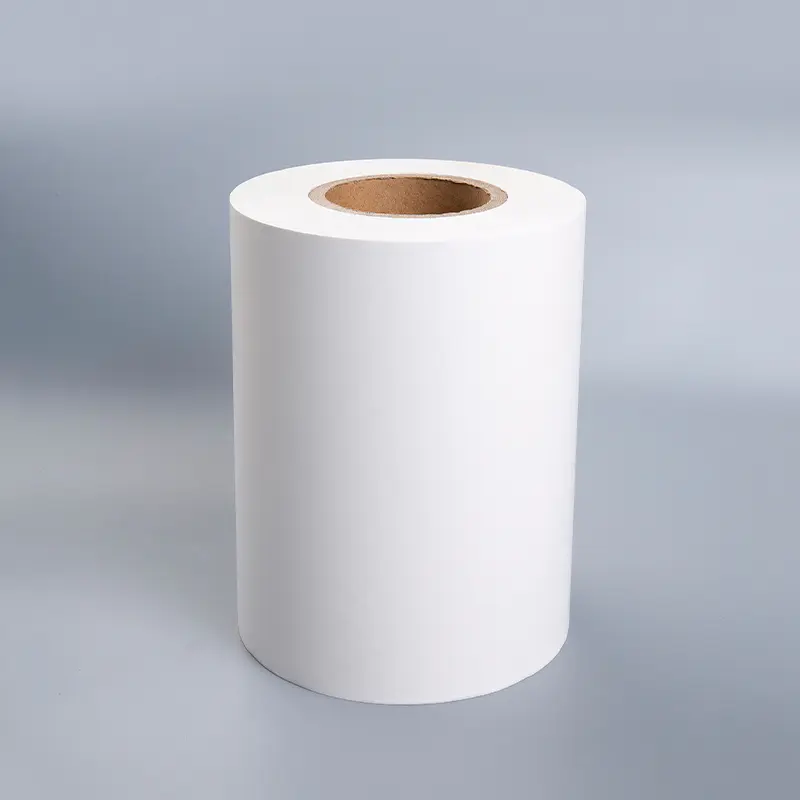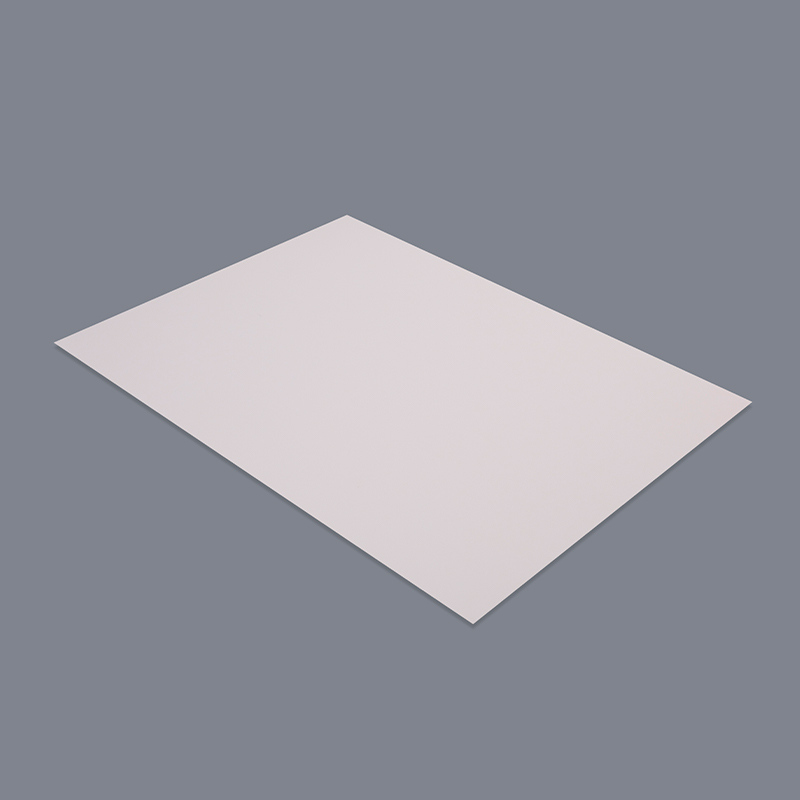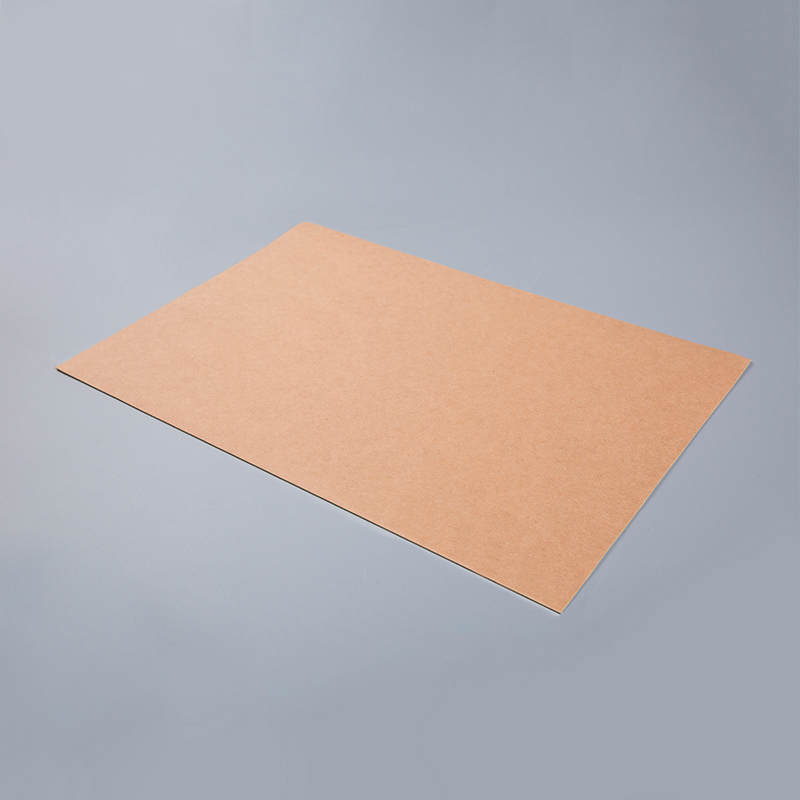In the realms of crafting, organizing, and small-scale branding, few tools offer the immediate gratification and practical utility of self-adhesive printer paper. This ingenious product transforms your standard inkjet or laser printer into a powerful label, sticker, and decal factory, putting the power of professional-looking adhesion at your fingertips. More than just simple labels, it’s a gateway to customization, allowing individuals and businesses to create exactly what they need, precisely when they need it.
This article delves into the world of self-adhesive printer paper, exploring its types, vast applications, and tips for achieving the best results.
What is Self-Adhesive Printer Paper?
Often called printable sticker paper or label paper, self-adhesive printer paper is a specialty media designed for use in home or office printers. It consists of three key layers:
-
The Face Stock: This is the printable top layer. It can be made from a variety of materials, including matte or glossy paper, transparent film, vinyl, or even fabric.
-
The Adhesive: A pressure-sensitive adhesive layer is applied to the back of the face stock. This adhesive is covered by...
-
The Liner (or Backing Paper): A silicone-coated paper sheet that protects the adhesive until you are ready to use it. This liner is what allows the sheets to feed smoothly through your printer without gumming up the mechanisms.
A World of Possibilities: Types and Their Best Uses
Not all sticker paper is created equal. Choosing the right type is crucial for your project's success.
-
Inkjet vs. Laser: This is the most critical distinction. Always choose paper specifically formulated for your printer type. Using inkjet paper in a laser printer (and vice versa) will result in poor print quality and can seriously damage your printer due to the different heating mechanisms.
-
Matte Paper: The most common and versatile type. It has a non-glossy, paper-like finish.
-
Best for: Address labels, shipping labels, pantry jars, organization bins, product packaging, and basic stickers. It absorbs ink well and is easy to write on with a pen or marker.
-
-
Glossy Paper: Features a shiny, coated surface that makes colors pop with vibrancy.
-
Best for: Photo stickers, product labels for crafts or food items, promotional stickers, and any project where a high-quality, professional finish is desired. Be aware that ink can smudge if not allowed to dry completely.
-
-
Transparent/Vinyl: This type has a clear, see-through face stock, typically made from durable vinyl.
-
Best for: Creating window decals, "authentic" looking sticker designs without a white border, waterproof labels for containers that will be washed, and branding on glass surfaces.
-
-
Fabric Sheets: These sheets have a special fabric face stock with a adhesive backing.
-
Best for: Creating custom iron-on transfers for t-shirts, tote bags, and other textiles. (Note: After printing, you iron the design onto the fabric, and the paper backing is peeled away).
-
-
Removable/Repositionable: Features a low-tack adhesive that allows you to stick and re-stick an item without leaving residue.
-
Best for: Temporary labels, seasonal decorations, rental apartments, organizing systems where labels might need to be changed, and scrapbooking.
-
Unleashing Creativity: Endless Applications
The uses for printable adhesive paper are limited only by your imagination.
-
Home & Organization: Create beautiful, uniform labels for pantry containers, spice jars, storage bins, and filing systems. Never wonder what's in a freezer bag again!
-
Small Business & E-commerce: Design and print your own professional product labels, shipping labels, price tags, and "Thank You" notes. It’s a cost-effective way to build a strong, consistent brand identity.
-
Crafting & Scrapbooking: Make custom stickers, decorative elements, photo stickers, and embellishments for journals, cards, and albums.
-
Events & Education: Quickly whip up name tags, badges, awards, and decorative signs for classrooms, parties, and corporate events.
-
Personal Branding: Design your own stickers for laptops, water bottles, notebooks, and skateboards. It’s the perfect way to express your personal style.
Printing for Success: Pro Tips and Tricks
To achieve professional-looking results, follow these best practices:
-
Test First: Always print a test design on a regular sheet of paper first. Hold it over the sticker sheet to check for alignment and size before using your valuable adhesive paper.
-
Check Printer Settings: In your printer's dialog box, manually select the paper type (e.g., "Glossy Photo Paper," "Labels," or "Card Stock"). This adjusts the ink flow and drying time for optimal quality. Set the print quality to "High."
-
Allow for Full Drying: After printing, let the sheets sit for several minutes—or even longer for heavy ink coverage—to ensure the ink is completely dry and won't smudge.
-
Cutting is Key: For a clean finish, use a paper trimmer, scissors, or a craft cutting machine (like a Cricut or Silhouette) to cut out your designs. Cutting machines are ideal for intricate shapes and perfect circles.
-
Weeding (for Vinyl/Detailed Designs): For complex designs on vinyl paper, you may need to "weed" them—use a weeding tool or pin to carefully remove the excess material from around your design before applying the transfer tape.
Conclusion: Empowerment Through Customization
Self-adhesive printer paper is a simple technology that delivers profound creative and practical power. It democratizes design and labeling, enabling anyone to move from a generic, store-bought solution to a perfectly customized one in a matter of minutes. Whether you're streamlining your kitchen, building a brand, or simply adding a personal touch to your belongings, this versatile material is an essential tool for bringing your ideas to life—and sticking them wherever they need to be.

 English
English Español
Español русский
русский Français
Français عربى
عربى











